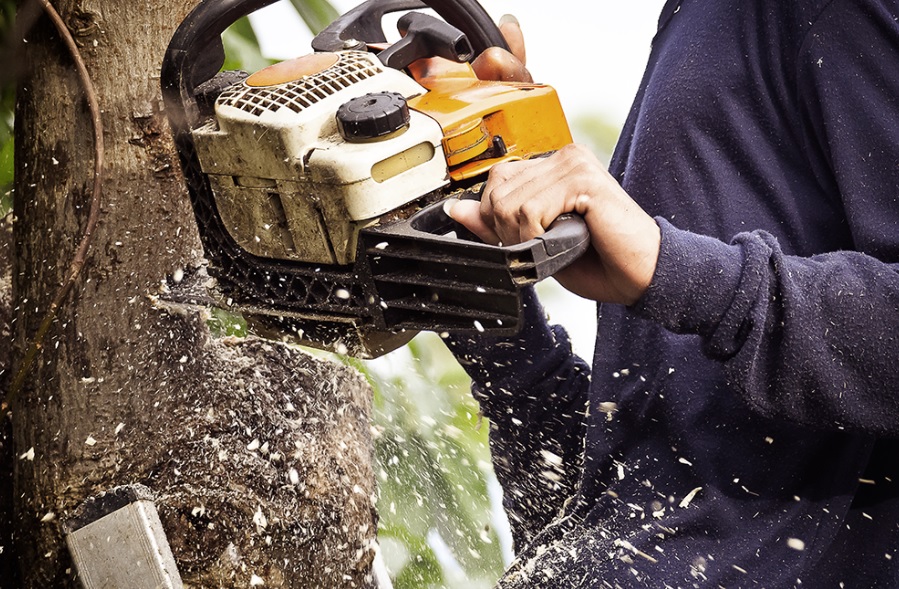Tree Maintenance and the Potential Impact of Section 163.045, Florida Statutes by Sarah Wilson of Becker
Tree Maintenance and the Potential Impact of Section 163.045, Florida Statutes
by Sarah Wilson of Becker
In general, a community association is responsible for operating and maintaining the common areas of the community (in the case of homeowners’ associations), and the common elements (in the case of condominium associations). If there are trees located on these common areas/elements, the association’s maintenance duties will include trimming and even the removal of trees that may be dead or dying. Before performing any significant trimming or removal of trees, however, an association must determine whether any prior governmental approval is required.
It is common for counties and/or cities to have ordinances regulating the planting, removal, and replanting of trees in residential areas and requiring a permit prior to the removal of certain trees. Section 163.045, Florida Statutes, which went into effect on July 1, 2019, appears to change the extent to which local governments can enforce such tree regulations. Interpretation issues, however, leave the true scope of the statute unknown, particularly as it relates to community associations.
The statute, which was intended to strengthen property owners’ rights against local government overreach, prohibits local governments from requiring notice, application, approval, permit, fee, or mitigation for the pruning, trimming, or removal of a tree on residential property if the property owner obtains documentation from an arborist certified by the International Society of Arboriculture or a Florida licensed landscape architect that the tree presents a danger to persons or property. Additionally, under the statute a local government may not require a property owner to replant a tree that was pruned, trimmed, or removed in accordance with this section. [Note: Section 163.045, Florida Statutes, does not apply to the exercise of specifically delegated authority for mangrove protection pursuant to ss. 403.9321-403.9333, Florida Statutes.]
In applying this statute, it is important to note that it only applies to “residential property” and only to trees which are documented by a certified arborist or a Florida licensed landscape architect as “present[ing] a danger to persons or property.” Both exemption requirements present interpretation issues. The fact that “residential property” is not defined has caused some governmental authorities to question whether this exemption would even apply to common areas/elements in the community association setting. Additionally, the requirement that a certified arborist or licensed landscape architect must document that a tree “presents a danger to persons or property” is problematic in that dangerous is not a term that is normally used or defined in the tree care industry’s risk assessment standards. Rather, assessments of tree safety by such professionals focus on the qualified risk of trees, and how this relates to the statute’s use of the word “danger” remains to be seen.
Local governments have acknowledged that the statute sets up some interpretation issues, and it has been reported that different jurisdictions are reaching different results. The consequences of an association, without prior approval, trimming or removing trees in a jurisdiction that is interpreting this statute as not applying to common areas/elements could be code enforcement actions, costly fines, or other remedial measures. For this reason, before trimming or removing trees from the common areas/elements, it is recommended that associations consult with their association attorney to discuss how their local governments are interpreting this statute and whether or not local ordinances must still be followed before pruning, trimming, or removing trees.
 Sara K. Wilson
Sara K. Wilson
Attorney at Law
Discover more from SFPMA
Subscribe to get the latest posts sent to your email.


